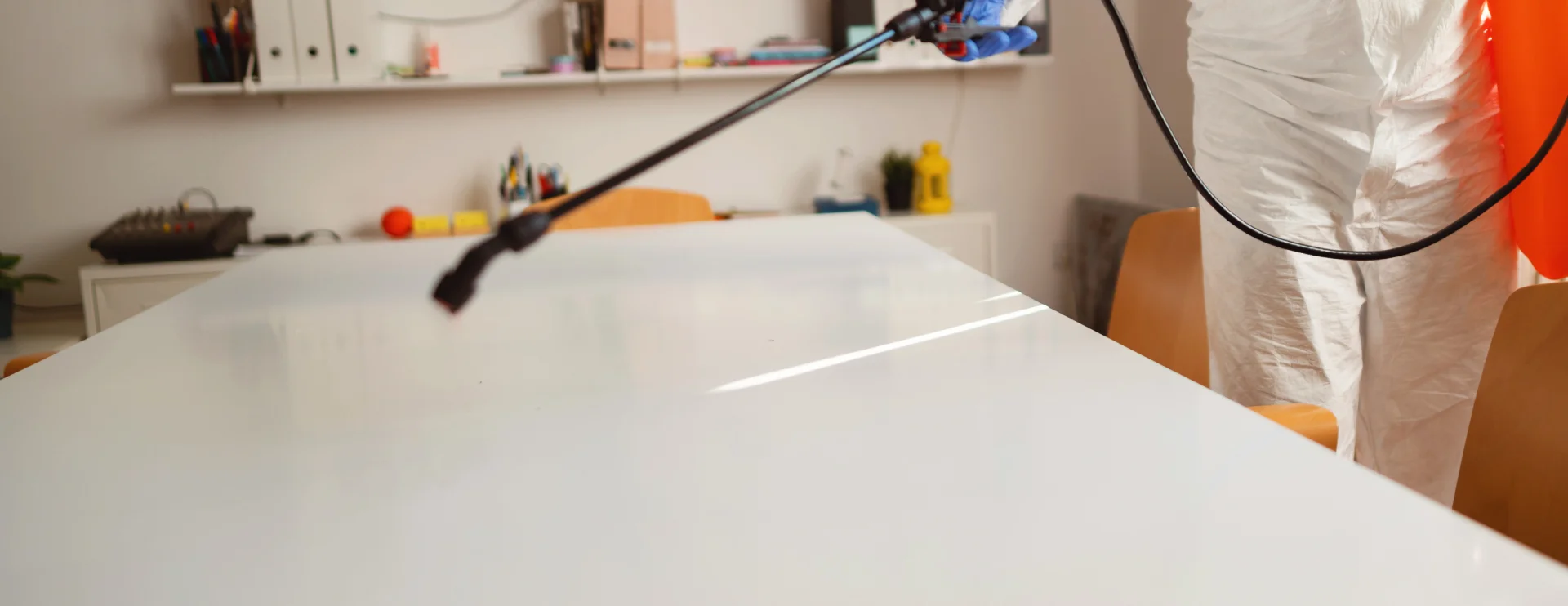According to the Environmental Protection Agency (EPA), over 300 products are registered for bed bug treatment. These products belong to seven chemical classes of pesticides registered and widely used for bed bug control.
While numerous products are available, relying solely on pesticides often doesn’t suffice for controlling bed bug infestations. Reinfection will often occur without public education on treatments and prevention. A comprehensive strategy incorporating non-chemical methods such as cleaning, reducing clutter, and sealing potential hiding spots is generally recommended for effective bed bug management.
Moreover, consulting or hiring a certified pest control professional is typically recommended due to the complexity of managing bed bug infestations and the risks associated with pesticide use. These experts have access to more potent insecticides and possess the necessary training and equipment for safe and effective application.
These 300 approved products are categorized into seven chemical classes of pesticides widely used for controlling bed bugs:
- Pyrethrins
- Pyrethroids
- Desiccants
- Biochemicals
- Pyrroles
- Neonicotinoids
- Insect growth regulators
Additionally, there is a chemical class with a specific use pattern. Dichlorvos (also known as DDVP, an organophosphate) is registered as a pest strip for small enclosure treatments.
Each chemical class uses a unique action mode to kill bed bugs. Using pesticides with different action modes can help reduce the chance of resistance development. The following sections detail the more commonly used chemical classes for bed bug management.
Learn more about the effectiveness of bed bug pesticides.
Pyrethrins and Pyrethroids: Pyrethrins and pyrethroids are the most frequently used compounds to manage bed bugs and other indoor pests. Pyrethrins are natural insecticides derived from chrysanthemum flowers, while pyrethroids are synthetic versions that mimic pyrethrins’ action. Both are lethal to bed bugs and can flush them from hiding to kill them. However, where resistant strains exist, these treatments might only temporarily expel them or cause them to find new hiding places.
Some bed bug populations have developed resistance to pyrethrins and pyrethroids. Using a combination product (either multiple pyrethroid or pyrethrin active ingredients, or mixing different chemical classes) can enhance bed bug control. Switching to a completely different chemical class can also be effective against resistant populations.
Some pyrethroid pesticides are available as total release foggers. Refer to “Should I Use a Fogger?” for fogger use and safety information.
Desiccants: Desiccants work by breaking down the waxy outer layer of a bed bug. Once this layer is compromised, the bed bugs dehydrate and die. Desiccants are effective tools in bed bug control, and bed bugs cannot develop resistance to them since they work through a physical mechanism. They also have a long-lasting impact and don’t interrupt normal bed bug activities.
Examples of desiccants include:
- Diatomaceous earth
- Boric acid
When utilizing desiccants to manage bed bugs, it is crucial to use those EPA-registered and labeled for bed bug control. Desiccants intended for other uses, such as food-grade or swimming pool purposes, pose increased inhalation risks. Desiccant use is limited to cracks and crevices to minimize inhalation risks.
Biochemicals: Cold-pressed neem oil is the only biochemical pesticide approved for bed bug use. It is extracted directly from seeds of the Neem tree, a tropical evergreen found in Southeast Asia and Africa. The oil contains various compounds with insecticidal and medicinal properties. It is also an ingredient in products like shampoos, toothpaste, soaps, and cosmetics. Trials at approved label rates show that neem oil controls bed bug adults, nymphs, and eggs.
Pyrroles: Chlorfenapyr is the only pyrrole pesticide currently registered for bed bug control. This compound is a pro-insecticide, meaning its biological activity depends on being activated to form another chemical, which then disrupts certain functions in the bed bug’s cells, leading to death.
Neonicotinoids: Neonicotinoids are synthetic nicotine forms that act on the nervous system’s nicotinic receptors by causing nerves to fire until they fail. Bed bugs resistant to other pesticides remain susceptible to neonicotinoids due to their unique action mode.
Insect Growth Regulators: These chemicals mimic juvenile growth hormones in insects, either altering chitin production (insects’ external “shell” or exoskeleton) or affecting insect development into adulthood. Some regulators force rapid development, while others halt it.

